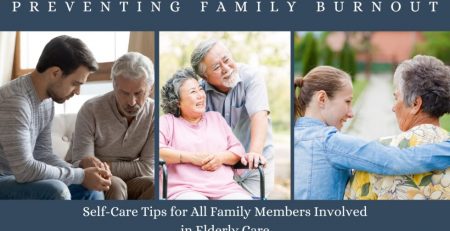Fall Prevention Checklist from True Care Hospice
Whether you’re caring for a loved one, or you want to maintain greater independence in your home, you want to do everything you can to help minimize falls and accidents in and around the home. This fall prevention checklist from True Care hospice will help you do just that.
The sad and unfortunate truth is that as you get older, falls can become a lot more dangerous. It’s not just bumps and bruises, but broken bones and dislocated joints. It’s always said that an ounce of prevention is worth a pound of cure, and nowhere is that truer than when it comes to slips and falls!
Here’s what you need to know to protect yourself or your loved one:
Store flashlights in places where they can easily be found
There’s nothing worse than having a sudden power outage and having to go foraging through the house looking for flashlights. Instead, store flashlights where they can easily be found at a moment’s notice, or better yet, keep one in every room just in case!
Place night lights in your bedroom and in common areas (bathroom, kitchen, hallways)
Simple night lights that turn on when it gets dark can provide a bit of illumination to help you find your way. They’re particularly useful in the kitchen, bathroom and in hallways to make sure you don’t stumble or trip and fall.
Swap out light switches for glow in the dark or illuminated switches
When you’re feeling around in the dark, it can be easy to miss a step or trip. To help prevent this, swap out your old light switches for light switches that are illuminated or glow in the dark. This makes it easy to find them without risking losing your balance.
Turn on lights before going upstairs or downstairs
It’s easy to fall into the trap of thinking you «know» your home, and don’t need to turn on the lights when going up or down stairs, but one missed step can lead to a painful fall which could have been avoided by just turning the lights on. It’s a small step that can make a big difference!
Place lamps in easy access areas outside of your regular living space
Having lamps in areas that are easy to access outside of the normal «paths» you take throughout your home can make it easy to light up darker areas when the power goes out or it gets dark. An easily accessible source of light can help you navigate areas that can become hazardous in the dark.
Keep medications out of reach of children or pets
Little hands and paws may try to climb and grab at things in the dark, be sure to keep medications stored in a safe place away from curious eyes and noses!
Remove clutter and make sure that pathways are clear of debris
Even everyday clutter like extension cords can become a tripping hazard when the lights go out. Make sure that pathways are clean and clear to avoid this.
Invest in assistive devices to help around the home
They don’t have to be costly overhauls, but rather simple things like no slip floor mats for the kitchen and bathroom, and shower bars for greater stability in the bathtub.
Wear comfortable, properly-fitting shoes
Shoes that are too large or too wide for your feet can cause you to trip and fall. Our feet change over time, so it’s a good idea to get fitted for a proper pair of shoes that are comfortable and form-fitting according to your foot size.
Avoid baggy or slouchy clothing
It might be comfortable, but baggy, slouchy clothing can also present a tripping and falling hazard.
Falls in and around the home can happen even if you follow these precautions, but you can minimize the dangers just by following some common-sense steps to help reduce the risks and continue living independently and enjoying greater freedom at home.
If you need help caring for a loved one, contact the friendly, helpful professionals at True Care Hospice today.


